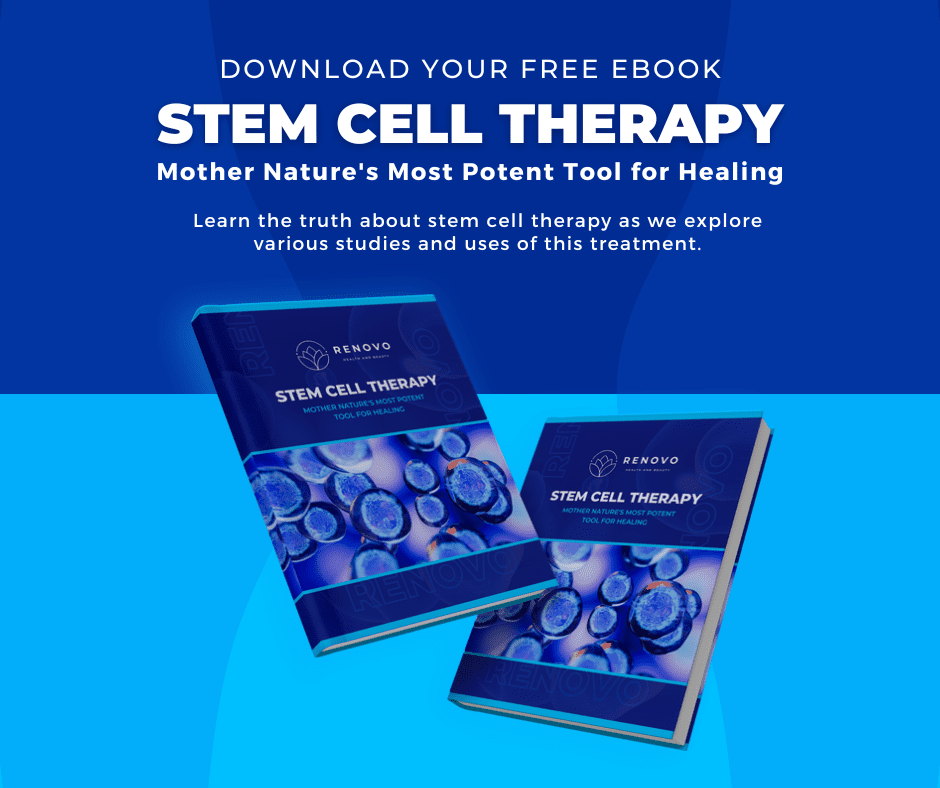Treatments for Osteoarthrosis vs Osteoarthritis
When it comes to managing osteoarthrosis and osteoarthritis, it’s important for you to understand that while these conditions have similarities, their treatments might differ slightly due to their distinct characteristics.
Here’s how you can approach the treatment for each:
Osteoarthrosis Treatments
For osteoarthrosis, your focus is mainly on managing pain and maintaining joint function, as this condition primarily involves the breakdown of joint cartilage.
Lifestyle Modifications: You should consider low-impact exercises like swimming or cycling to maintain joint mobility and reduce pain. Weight management is also crucial to lessen the load on your joints.
Physical Therapy: Physical therapy can help strengthen the muscles around your joints, improve flexibility, and reduce pain.
Pain Relief Medications: Over-the-counter pain relievers like acetaminophen or NSAIDs (nonsteroidal anti-inflammatory drugs) can help manage your pain. Always consult with your doctor before starting any medication.
Joint Injections: In some cases, corticosteroid injections into the joint can provide temporary pain relief.
Surgery: For severe cases, joint replacement surgery might be considered to improve your joint function and relieve pain.
Osteoarthritis Treatments
Since osteoarthritis includes joint inflammation along with cartilage wear, the treatment approach is slightly more comprehensive.
Anti-inflammatory Medications: You might need medications specifically targeting inflammation, such as certain NSAIDs or topical creams, along with pain relievers.
Physical and Occupational Therapy: Similar to osteoarthrosis, therapy can help strengthen muscles, improve joint function, and suggest modifications to daily activities to reduce strain on your joints.
Hot and Cold Therapy: Applying heat or cold to the affected joints can reduce pain and swelling.
Assistive Devices: Canes, shoe inserts, or braces can help take the load off affected joints and improve your ability to perform daily tasks.
Surgery: In advanced cases, joint repair or replacement surgeries might be recommended.
Lifestyle Changes: Weight management and regular, gentle exercise remain key in managing osteoarthritis too.
Both conditions benefit from a healthy diet rich in anti-inflammatory foods, staying active within comfort limits, and maintaining a healthy weight. Managing stress and getting adequate rest are also crucial in both cases.
Remember, the treatment approach should be tailored to your specific symptoms and condition severity. Regular check-ups with your healthcare provider are essential in managing these conditions effectively. They can help adjust your treatment plan as needed, ensuring you get the most appropriate care.
Stem Cell Therapy for Osteoarthritis vs Osteoarthrosis
Stem cell therapy is a cutting-edge treatment where specialized cells, known as stem cells, are used to repair and regenerate damaged tissues in your body. These cells can develop into many different types of cells, offering potential healing and rejuvenation for various conditions, including joint degeneration.
A 2023 study published in the International Journal of Molecular Sciences sheds new light on the treatment of osteoarthritis, a condition that, unfortunately, won’t heal on its own. Traditional treatments often fall short, mainly because the cartilage tissue in our joints lacks blood vessels, making it difficult to repair. This is where stem cell therapy shows immense promise, especially for those in the middle to late stages of osteoarthritis.
For osteoarthritis, stem cell therapy primarily targets the inflammation and cartilage degradation associated with the condition. The therapy may regenerate damaged cartilage, reduce joint inflammation, and alleviate pain, significantly improving joint function and mobility. This approach not only manages your symptoms but might also slow down the progression of osteoarthritis.
In the case of osteoarthrosis, where the primary issue is the wear and tear of your joint cartilage, stem cell therapy offers a promising avenue. It focuses on repairing and regenerating the worn-out cartilage, potentially reducing the bone-on-bone friction and the associated pain. This can lead to improved joint function and a better range of motion. By addressing the root cause of cartilage deterioration, stem cell therapy might help you avoid more invasive procedures like joint replacement surgery in the future.
For both conditions, the appeal of stem cell therapy lies in its potential to harness your body’s natural healing mechanisms. It’s a minimally invasive option compared to traditional surgeries, and it might offer quicker recovery times with fewer complications.
Contact Renovo Health and Beauty for Stem Cell Therapy Today
At Renovo Health and Beauty, we’re at the forefront of regenerative medicine, harnessing the power of stem cell therapy to unlock your body’s healing potential. Our state-of-the-art treatments are designed to treat symptoms and address the root cause of your health concerns. With a team of seasoned specialists, we combine innovative technology with a holistic approach to care, ensuring a treatment plan that’s uniquely yours. Experience the transformative power of stem cell therapy in a supportive, nurturing environment.
Contact Renovo Health and Beauty today to start your journey to rejuvenation and wellness. Schedule your consultation and take the first step towards a revitalized and healthier you.



